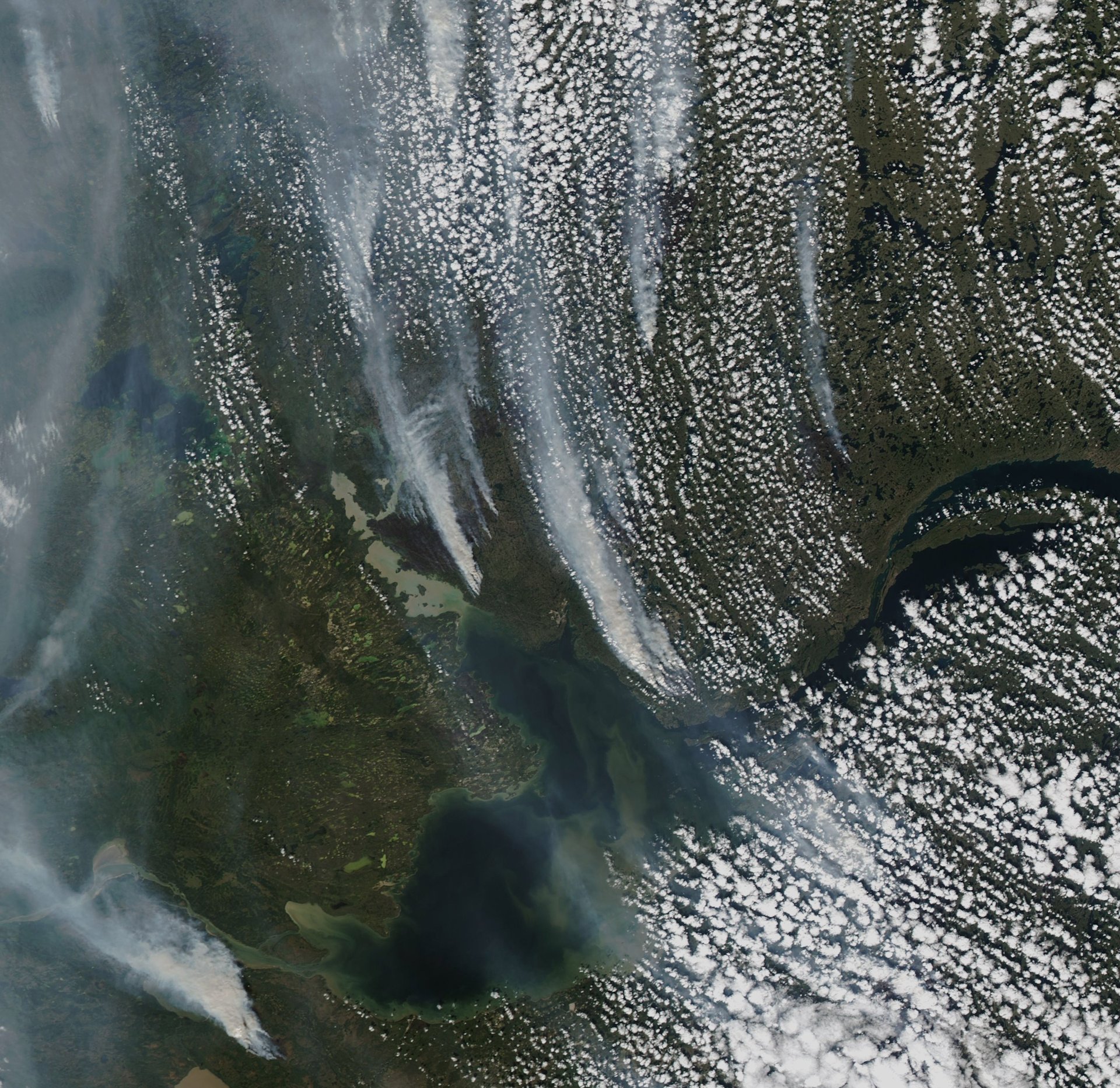Canada has more than doubled its annual record for land burned by wildfire
Around 16.5 million hectares have burned so far, and the damage may continue through September

Relentless wildfires in Canada continue and may only get worse in September. The number of hectares burned so far in 2023 has reached 16.5 million, more than double what the last record was in 1995 at 7.1 million hectares. The average annual area burned in Canada due to wildfires over the last 25 years is around 2.2 million hectares, according to the Canadian Interagency Forest Fire Centre (CIFFC), making this year 7.5 times higher than the average.
Suggested Reading
Climate change is making wildfires much more intense
The area burned this year is staggering, but the number of fires burning isn’t. In the past 25 years, an average of 6,108 fires have been recorded in Canada each year, according to CIFFC data. This year isn’t any different: 6,131 fires have blazed so far, 12 of which were prescribed.
Related Content
But the higher area burned indicates that the intensity of the fires are harder to control, due to drier and hotter temperatures scaled up by the onset of El Niño. As of Sept. 4, there are 1,073 active fires in Canada, but 706, or around 66% of them, are out of control. Authorities in Canada have only controlled 204 of the fires, while 163 are being held, or prevented from spreading.
The forests affected are in the boreal zone, which rings around the northern hemisphere amounting to 1.9 billion hectares, or 14% of the Earth’s land, including parts of Canada, the US, Norway, Sweden, Russia, and China. The boreal forest is one of the world’s last remaining stretches of wilderness. Scientists believe that the impact of this year’s wildfires may permanently alter the make up of the North American boreal forest (pdf), where the threshold of the forest’s resistance to fire has been overwhelmed.
In addition to hosting bird species and other biodiversity, the boreal forest is an important carbon sink that has now released around 290 million tons of carbon emissions from being burned. The majority of carbon in boreal forests is stored below the ground, at an unknown amount, which means the amount of carbon emissions from Arctic and boreal environments is underestimated. Wildfires may reduce soil moisture (pdf) even further by destroying vegetative cover. And if soil is damaged or eroded due to rising sea levels, drought, or other environmental conditions, the amount of emissions released by the boreal forest now or in the future could be much higher.
